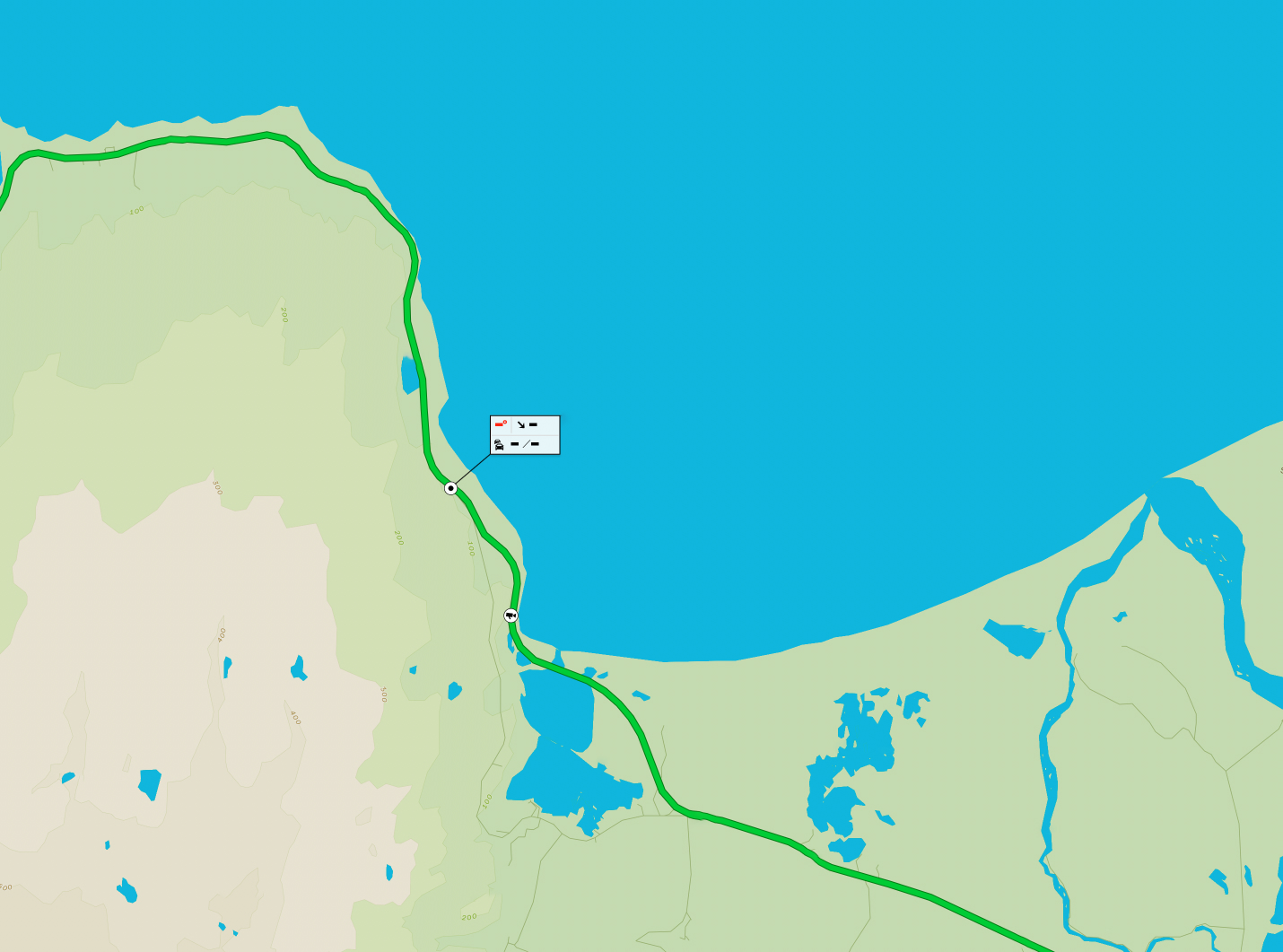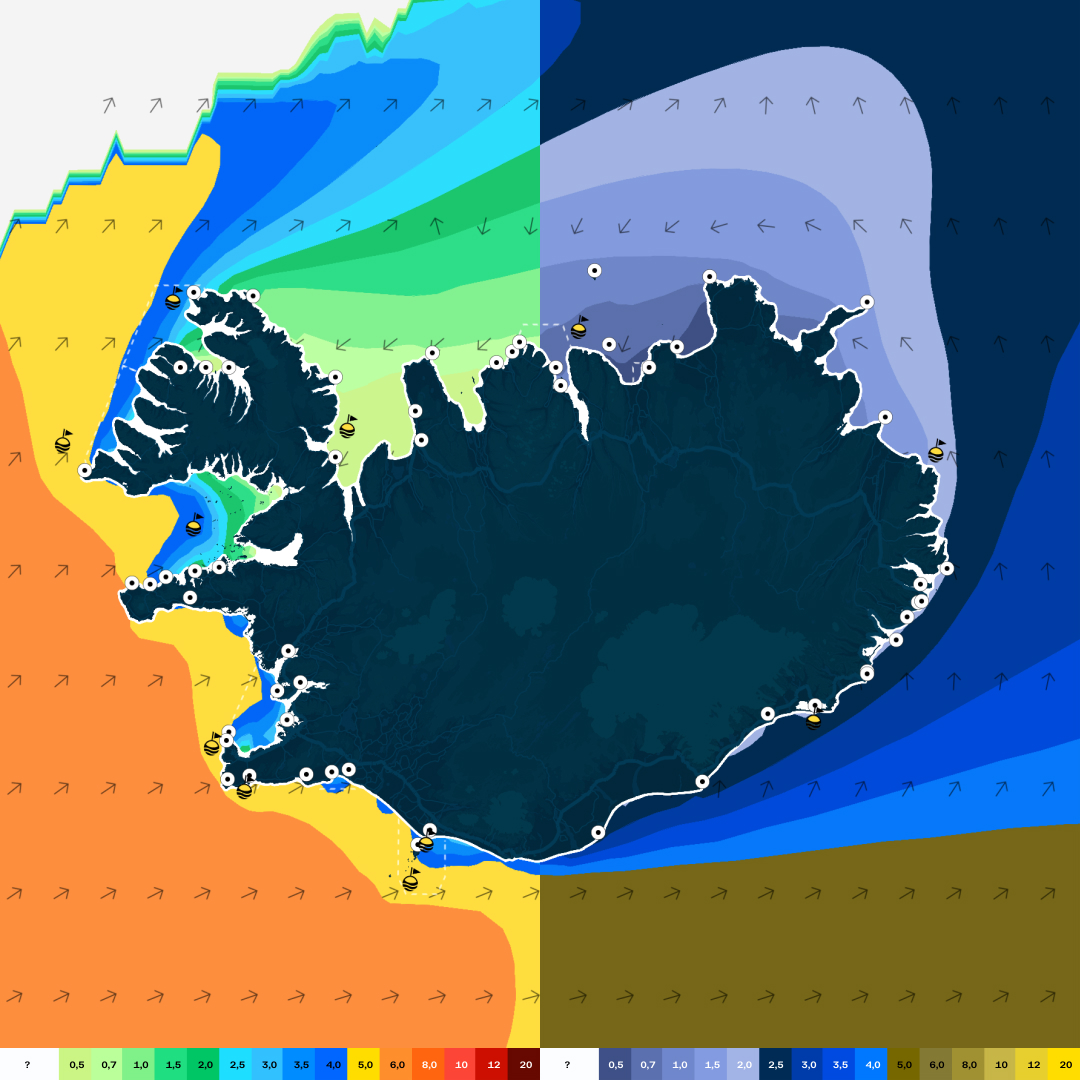PDF · maí 2008Weather induced road accidents
In Northern Europe, Scandinavia and in mountainous areas elsewhere in Europe, a considerable portion of road accidents has adverse weather (e.g. strong winds, snow and ice) as a primary or a contributing cause. In future climate, wind will probably appear as a more serious and frequent threat to road traffic than in present climate. Another consequence of climate change on road traffic is the northward migration of the de-icing zone, which in turn calls for continuous adaption of winter maintenance procedures. Mitigating measures against this accident category may consist of intense winter maintenance, the use of road weather information systems for data
collection and early warnings, besides driver education, road surveillance and traffic control. While hazard from reduced road friction due to snow and ice may be eliminated by snow removal and de-icing measures, the effect of strong winds on road traffic are not easily avoided. Forced road closures due to strong winds may have serious impacts on society and should therefore be kept to a minimum. Therefore, knowledge on the relationship between wind exposure and traffic safety should be enhanced. The purpose of the study described here, was to investigate the relationship between traffic safety, weather, user information on road weather and driving conditions and winter maintenance operations. Thanks to the dense network of automatic road weather stations in Iceland, the road user information service and the winter maintenance automatic vehicle location and activity registration, the road accident database can be examined in depth with respect to these issues. For chosen road sections, all weather related road accidents in a given period were cross-linked to the available data described above. Two road sections in Iceland were investigated. The Reykjanesbraut road, connecting the capital area and the airport was chosen for accident analysis with respect to winter maintenance activity and user information delivery. National road no. 1 at Kjalarnes and Hafnarfjall were chosen for wind gust and road surface scrutiny for registered accidents. The relatively short examination period, low traffic volume and small number of accidents yet investigated has not allowed a valid statistical analysis of the results so far. However, it has been demonstrated that the methodology developed herein is likely to give valuable information from processing of larger batches of weather induced incidents later on. The most prominent applications are the optimization of the winter maintenance management system, improvements to road surveillance, road weather monitoring and improved accuracy of user information delivery. Also, statistics on wind gust, surface condition, vehicle category and other relevant parameters for wind induced accidents provide basis for traffic control, early warning policies and driver education for improved road safety at wind-exposed locations.













